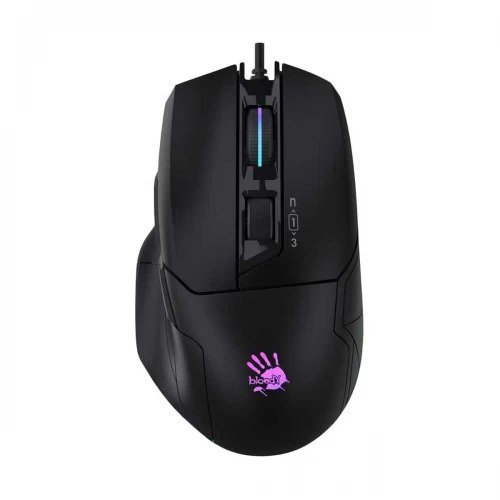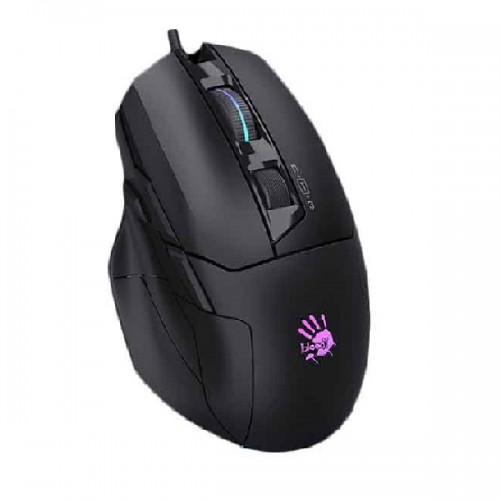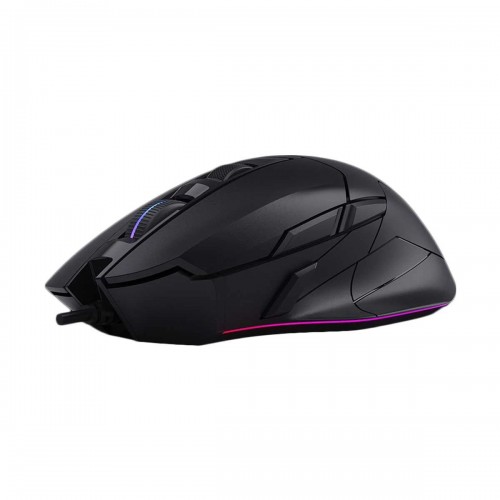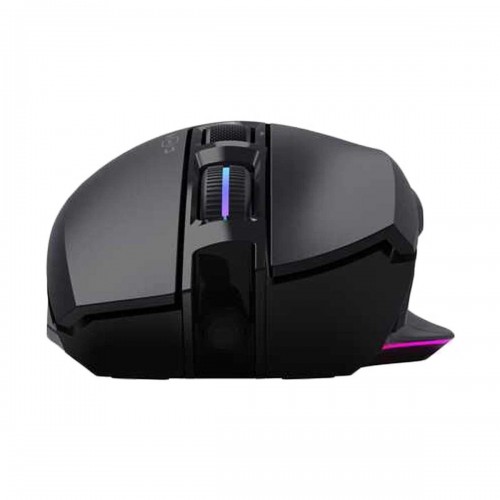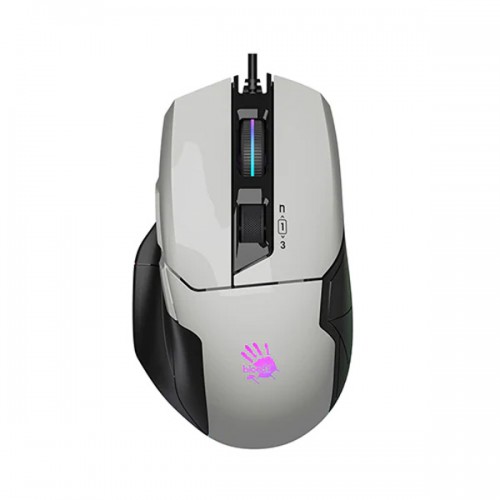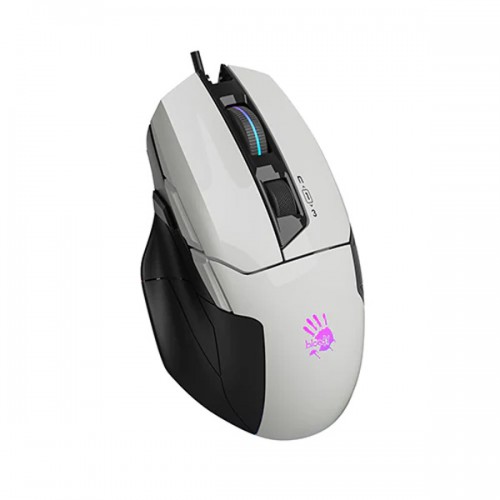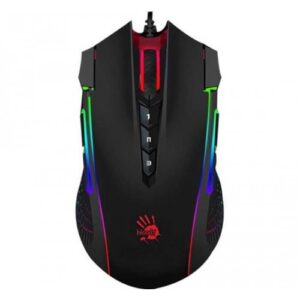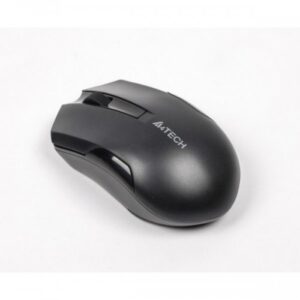Understanding Key Specifications of Gaming Mice
When choosing a gaming mouse, understanding key specifications is crucial to ensure optimal performance during gameplay. One of the primary factors to consider is the connection type. Most gaming mice utilize a USB connection, which can be either wired or wireless. Wired connections generally offer a more stable and consistent response time, minimizing latency. In contrast, wireless gaming mice have improved significantly, providing low-latency performance and convenience for gamers who value mobility.
Another vital specification is the mouse’s resolution, which is measured in CPI (Counts Per Inch). Gaming mice typically range from 100 to 10,000 CPI, with higher values translating to increased cursor precision and sensitivity. A higher CPI allows for swift movements without losing accuracy, which can be particularly advantageous in fast-paced gaming scenarios. For instance, competitive gamers often prefer settings around 800 to 1600 CPI for first-person shooter games, as these values balance rapid movement with precision, making aiming more manageable.
Moreover, the durability of mouse buttons is essential, especially for gamers who engage in lengthy sessions. A quality gaming mouse should have a switch lifecycle exceeding 50 million clicks for both left and right buttons. This durability ensures that users can rely on their gear without the fear of degradation over time.
Tracking performance is also pivotal, with capabilities like 250 IPS (Inches Per Second) being ideal for detecting quick mouse movements. Alongside this, a gaming mouse should provide acceleration up to 35g, allowing for swift and agile mouse maneuvers. Understanding these specifications enables gamers to select a mouse that not only fits their playing style but also enhances their overall gaming experience and performance.
Physical Specifications and Warranty Information
When selecting a gaming mouse, understanding its physical specifications is essential for optimizing performance and comfort during gaming sessions. A typical black gaming mouse measures 126 x 74 x 43 mm and weighs approximately 145 grams with a cable, or 108 grams for a wireless option. These dimensions and weight can significantly impact usability, as they influence how comfortably the mouse fits in a user’s hand. The ergonomic design, in conjunction with the weight, can help alleviate fatigue, allowing for extended periods of gameplay without discomfort.
Furthermore, various dimensions can cater to different grip styles such as palm, claw, or fingertip grips, thus affecting the overall gaming experience. A well-balanced gaming mouse enables the user to make precise movements, which is crucial for competitive gaming. Each gamer may prefer a different size and weight combination, underscoring the importance of personalized selection to enhance functionality and comfort.
In addition to size and weight, many gaming mice come equipped with built-in memory, typically around 4MB. This onboard storage allows gamers to save their preferred settings, including DPI adjustments and custom macros, directly on the device. This feature is particularly beneficial for gamers who frequently switch between computers or need to rapidly adjust to different gaming environments, ensuring consistent performance.
Warranty information is also a vital consideration when purchasing a gaming mouse. Most manufacturers offer a standard 1-year warranty, which serves as an indicator of the product’s quality and reliability. A solid warranty reflects confidence in the durability and performance of the gaming mouse. Understanding warranty terms can aid consumers in making informed decisions, ensuring that their investment is protected against potential defects or issues that may arise during normal usage.
